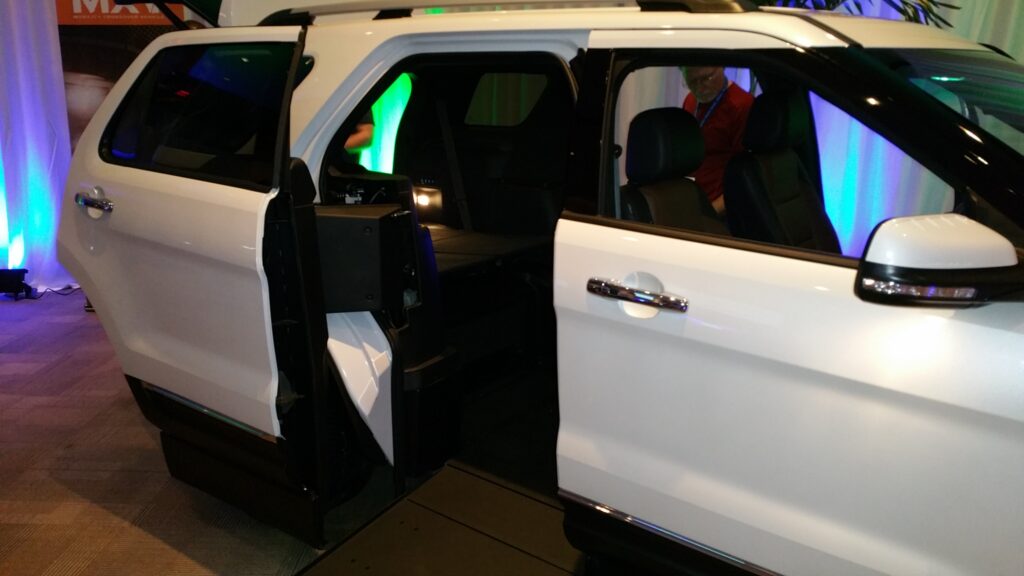
Investing in a wheelchair van is a big decision that requires careful consideration of both short-term and long-term needs. Handicap vans come in various configurations, and the right choice for you may depend on factors such as the type of mobility device you use—whether it’s a manual or motorized wheelchair—specific vehicle features like hand controls, and who the primary driver will be.
Before making a final decision, take the time to assess your unique requirements. It’s also helpful to talk to other people who use wheelchair vans and consult with your local dealer for expert advice. Gathering insights from those with experience can provide valuable perspectives on what works best in real-world situations.
When searching for a wheelchair van, remember that accessible vehicles can include full-size vans, converted minivans, or custom-built options. Ramp configurations vary as well, with choices for side-entry, rear-entry, or in-floor retractable ramps. Each option has its advantages and considerations, so evaluating these factors will help you make an informed decision that meets your mobility needs and lifestyle.
Below is a quick comparison between wheelchair van conversion types:
Side-Entry Wheelchair Vans
Side-entry conversions provide access through the side doors of a wheelchair van. These modifications typically involve lowering the van’s floor, which offers more headspace for accommodating wheelchairs. Side-entry vans usually feature either foldout ramps and lifts or an in-floor ramp, making it easier for wheelchair users to enter and exit the vehicle.
Another popular option in side-entry conversions is the center cut modification. This type of conversion allows for greater flexibility in seating arrangements and can provide easier access for wheelchair users who prefer to sit in the front or middle rows of the vehicle.
Benefits:
- Side-entry vans tend to be easier to access curbside for picking up/dropping off passengers.
- Side-entry vehicles usually have seats that can be removed, providing options for the wheelchair user to either ride in the passenger seat or drive the vehicle.
Considerations:
- Over 75% of non-commercial wheelchair-accessible vehicles utilize a side-entry configuration.
- Additional room is needed to deploy the ramp. These types of vans most often require handicap spaces or driveways wide enough to accommodate the van.
- The middle or second row of the van will need to be removed to account for the conversion. This can be problematic if the vehicle is used to transport additional passengers who aren’t wheelchair users.
- There may be a reduction of space in the vehicle, due to the wheelchair being larger than average, or if the wheelchair user seats themselves higher in their wheelchair.
Popular Models:
See available vans on our website
Rear-Entry Wheelchair Vans

Rear-entry conversions are designed with a foldout ramp that provides access through the back of the wheelchair van. This modification includes a lowered center area within the van, allowing for easy entry and exit for both motorized and manual wheelchairs.
This type of conversion is often favored for its simplicity and ease of use, making it a practical choice for many families. Rear-entry wheelchair vans can also accommodate additional passengers, as the seating layout typically remains intact, providing flexibility for various travel needs.
Benefits:
- No additional room is needed for a ramp.
- Side doors do not have to be blocked if a folding-style ramp is utilized.
- This conversion requires less modification of the van, and the side/middle seats can remain intact for additional passengers.
- This configuration is suitable for wheelchair users who are passengers in the van, such as young children, rather than drivers.
Considerations:
- In rear-entry conversions, the lowered floor prevents wheelchair occupants from operating the vehicle or sitting in the front passenger seat while in their wheelchair. They can use the factory seats only if they can transfer to the driver’s or front passenger’s seat.
- Parallel parking can be challenging due to the need for access behind the vehicle.
Non-Minivan Wheelchair Vehicles
Mini-vans are not the only options for wheelchair accessible vehicles. Trucks, full-size vans, SUVs and vehicles built from the ground up are other options.
Ramp types
In-Floor
In-floor ramps are designed to be stowed within the floor of the van, maximizing interior space and providing a cleaner look. This configuration not only enhances the vehicle’s aesthetics but also helps keep the interior free from dirt and debris, making it easier to maintain. Additionally, in-floor ramps typically offer a smooth transition for wheelchair users, allowing for effortless entry and exit from the vehicle.
Benefits:
- With no visible parts on the floor of the van, in-floor ramps reduce tripping hazards.
- If there is uneven terrain, in-floor ramps are easy to use.
- This configuration often comes with safety mechanisms, such as non-slip surfaces and edge guards.
Considerations:
- The angle of in-floor ramps is higher than fold-out ramps, making entering/exiting slightly more difficult.
- Because of its location on the floor, it may require more maintenance and cleaning.
Fold Up
Fold-out ramps extend from the side of the wheelchair van and rest alongside the sliding door when not in use. This design allows for easy access while remaining compact, making it a practical choice for many wheelchair users.
Benefits:
- A wheelchair user can assist with the folding out of the ramp if there is a need for it.
- Due to the perforations in the ramp allowing gravel and dirt to fall through, less maintenance is required.
- Many users state the lower angle is preferential.
Considerations:
- Because of the fold, rough terrain may hinder the folding out.
- The seat in front of a fold-out ramp cannot recline when the ramp is not being used.
- When non-wheelchair users need to enter and exit, the ramp still needs to be deployed.
Manual vs. Automatic Ramps
Manual ramps typically have fewer moving parts, which makes them more affordable to install and maintain. However, they are usually intended for use when an attendant is present to assist the wheelchair user, as a person in a wheelchair may not be able to operate the ramp independently.
In contrast, automatic ramps provide greater convenience for those who do not have an attendant available. While they allow for independent operation, automatic ramps often come with a higher price tag and may require additional maintenance over time.
Adaptive Driving Equipment
Adaptive driving equipment is essential for helping individuals with mobility challenges drive safely and independently. These modifications are designed to meet the specific needs of each driver, allowing them to enjoy the freedom of the road. From simple tools to more advanced systems, adaptive equipment can make a significant difference in a person’s ability to drive.
Some common types of adaptive driving equipment include:
- Hand controls assist users with limited foot control.
- Swivel seating allows for a driver’s seat to lower to the outside of the vehicle, giving a driver accessibility to the front seat.
Use Your Research to Find the Right Van for You
Exploring the various adaptive driving options available can significantly improve your mobility and independence. By understanding which solutions best fit your needs, you’ll be better equipped to navigate your community with confidence. To get started, reach out to one of our local accessibility vehicle dealers to learn more about which options will best meet your needs.
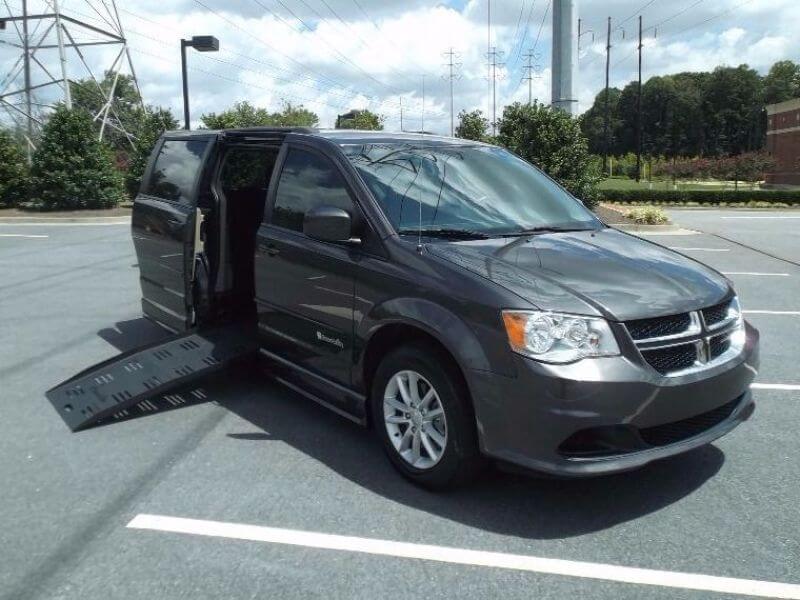
Find your perfect Wheelchair Van
Select from thousands of wheelchair vans for sale from hundreds of nationwide dealers
The Mobility Resource has one of the largest selections of Dodge, Toyota, Chrysler, Honda, Ford, Chevrolet wheelchair vans
View All Wheelchair Vans

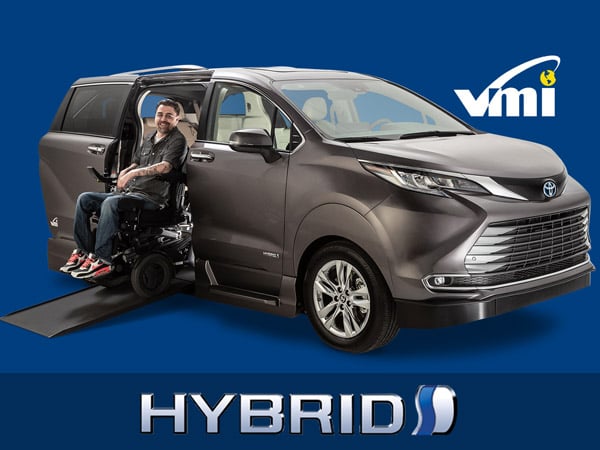
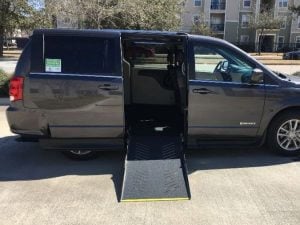
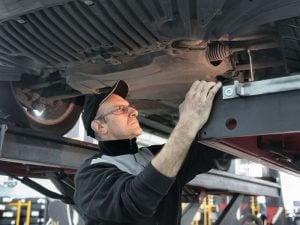

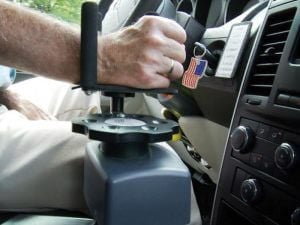

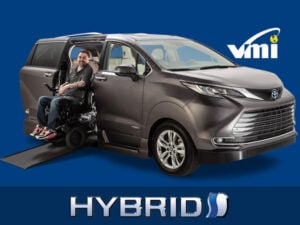
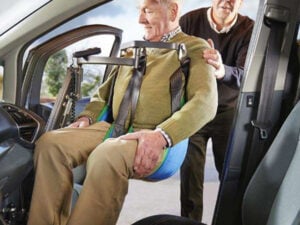

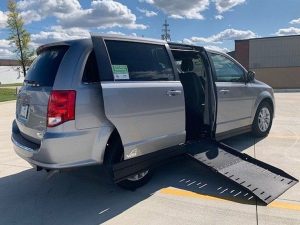

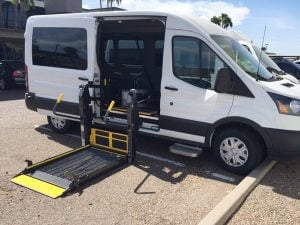
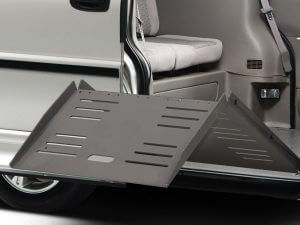
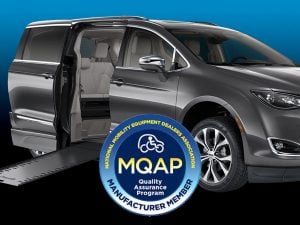
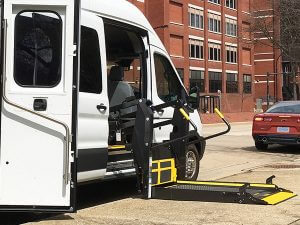


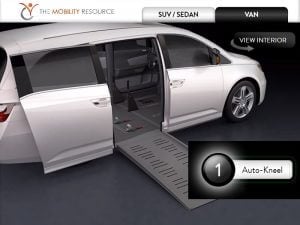

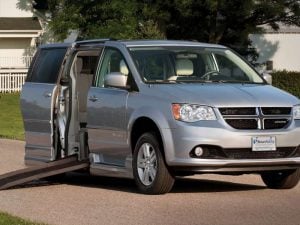
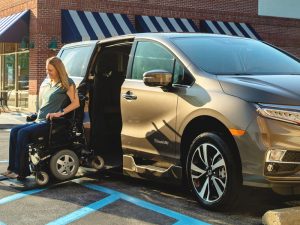
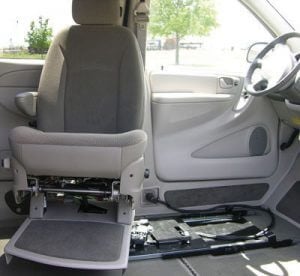
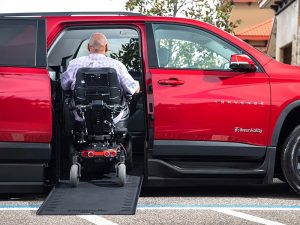
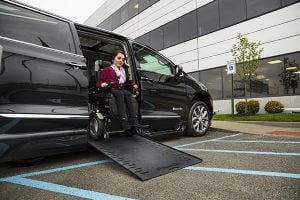
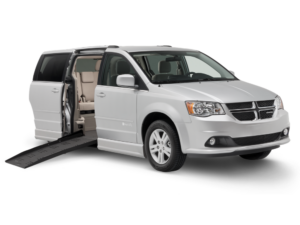







Tweet
Share https://www.themobilityresource.com/blog/post/researching-your-accessible-vehicle-conversion-types/